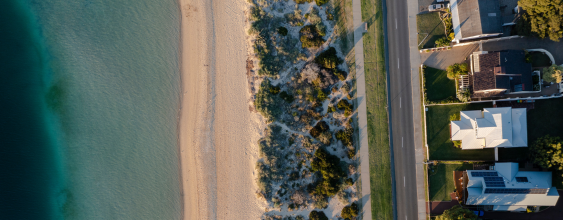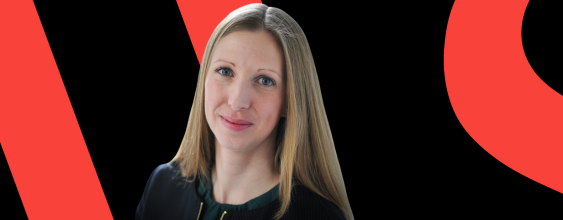In the 2050s, the government offered to relocate them , when the cost of protecting this flood-prone area became too high. But, like many of their neighbours, John and Sarah turned it down; the emotional attachment was too great. Instead, they opted to use grant funding to increase their resilience. Their daughter Alice, who lives nearby and supports them, also helps the couple to live with flooding.
Community action
Thanks to machine learning, which better predicts the likelihood and severity of flooding, Alice receives alerts through her parents’ insurance company’s app - on her smartphone. When the warning comes through, it’s up to her – and the rest of the community – to act. Although people have been allowed to stay in flood-risk areas, there is less government support for them.
As flood waters rise, a well-trained group of community volunteers use the insurance company’s app to co-ordinate a tried and tested response to flooding: evacuating people and their insured assets out of harm’s way. The same app monitors John and Sarah’s physical and mental health as they make preparations to leave, and automatically alerts carers and sometimes clinicians to any warning signs of stress or illness.
While her parents gather their pre-packed ‘flood bags’ containing the essentials they’ll need during their time away from home, Alice gets the house ready for the flood. The community has had special planning dispensation to adapt their properties in ways that help them to recover quickly, using ‘build back better’ funding from previous insurance payments. John and Sarah chose to waterproof their ground floor and adapt it as a garage, while extending their living space upstairs.

















